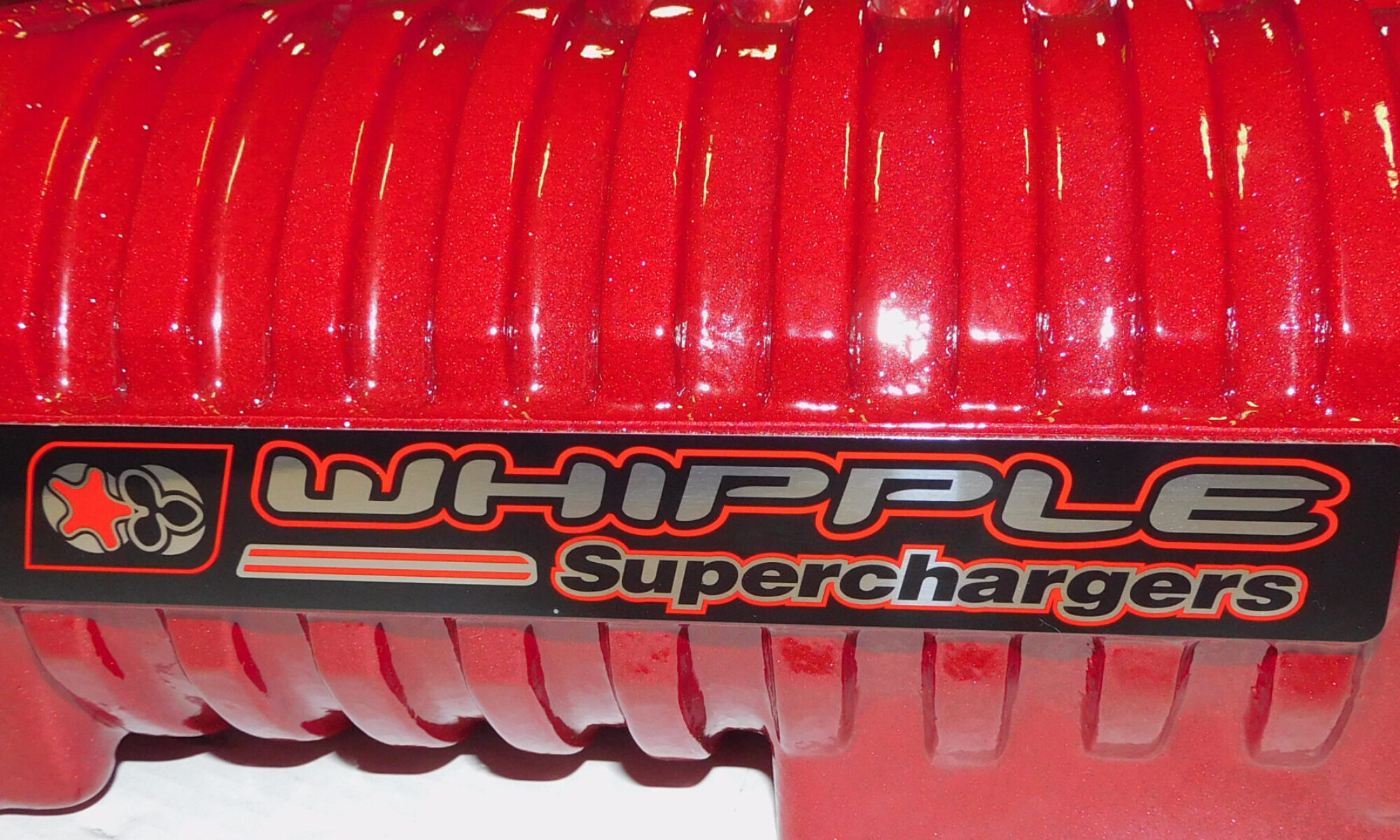Types of bypass valves: by Jon Bond
- Vacuum Operated Single Port
Single port bypass valves should be connected to the vacuum side of the supercharger (inlet side) for best results.
The opening vacuum level is determined by the spring pressure installed inside the bypass valve. They typically start to open at 8 in/hg and are fully open at 12 in/hg. If you are having idle/cruise/drivability surging, there are 2 fixes. One is to use a small diameter vacuum line, connected independently of any large vacuum demanding items (such as brake boosters), add a brass bypass reducer (linked below). If your idle in/hg is lower than 8 in/hg, then you need a low vacuum bypass valve which starts to open at 4 in/hg and is fully open by 8 in/hg.
Also note that single port bypass valves should be hooked directly to the vacuum side. This is typically between the supercharger intake and the throttle body. Exceptions: A supercharger mounted in front of the throttle body.
How to test and how they work video: https://rumble.com/vt582s-testing-single-port-bypass-valves-on-superchargers.html
- Vacuum Operated Dual Port
Dual port bypass valves feature a dual blatter valve. One port connects to bypass, pulling the valve lever open with vacuum. The other blatter will usually have a hose ran from the pressure side of a supercharger, running to a solenoid. The electronic controlled solenoid opens up when a problem is detected, allowing boost pressure to push from the solenoid and into the bypass valve, therefore pushing the lever to open the butterfly. If you plug either port, the valve will fail to function properly. Leaving a port open will not cause a vacuum leak on a dual port. If it is leaking, the valve is bad.
The opening vacuum level is determined by the spring pressure installed inside the bypass valve. They typically start to open at 8 in/hg and are fully open at 12 in/hg. If you are having idle/cruise/drivability surging, there are 2 fixes. One is to use a small diameter vacuum line, connected independently of any large vacuum demanding items (such as brake boosters), add a brass bypass reducer (linked below). If your idle in/hg is lower than 8 in/hg, then you need a low vaccum bypass valve which starts to open at 4 in/hg and is fully open by 8 in/hg.
How to test and how they work video: https://rumble.com/vt5dic-dual-port-bypass-valve-testing.html
- Blow Off Valves
How to test and adjust Bosch Style Blow Off/Bypass style valves video: https://rumble.com/vt5gip-testing-and-adjusting-bosch-style-bypassblowoff-valves.html
- Electric Valves: Content to be added at a later date.

